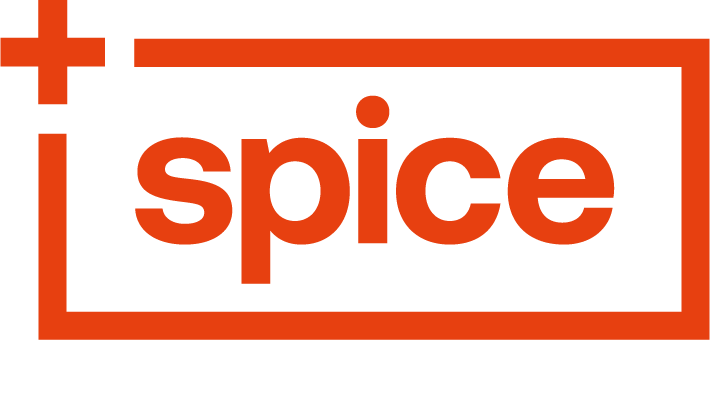 Today’s workforce is a different beast than it was even one generation ago. The rapid advancement of technology and the power of the internet has transformed the way many people approach their careers.
Today’s workforce is a different beast than it was even one generation ago. The rapid advancement of technology and the power of the internet has transformed the way many people approach their careers.
It is interesting to think that digital nomads and remote workers will soon outnumber traditional office workers. This will create the “gig economy”.
What is the Gig Economy?
Well, it is a marketplace where people choose the freedom of short-term contracts or freelance work over permanent jobs.
With an estimated 35 percent of the US workforce and up to 70 percent of Australians working remotely at least some of the time, most businesses will be faced with a mixture of in-office staff and gig workers.
So what does it all mean?
For a start, it will provide some new challenges for managers as they adjust to a rapidly changing and flexible workplace and juggle the different requirements of each type of worker.
But it’s not all bad! As they say, variety is the spice of life! Learning how to manage your entire team — remote or otherwise — will enhance your communication and management skills.
Let’s dive in and look at some tips on how to integrate the freelance or remote members of your team.
Be Available
In a physical workspace, it is easy for workers to pop in and see you, stop you in the hall to ask a question, or catch up with you over lunch. But if you aren’t in the office, you don’t have those opportunities. Instead, you will need to make a conscious effort to ensure your remote workers have a similar level of access. Do this by responding to messages promptly and make yourself available as much as you reasonably can.
Stay in Touch
Don’t get sucked into the “out of sight, out of mind” mentality. Your remote employees still need to feel included and important in order to be engaged and invested in their tasks and your business. Set up short daily check-ins and longer catch ups at a time that suits you both. If your worker’s feel like they are less important or forgotten about, you will find it hard to get the level of buy-in you are after from them.
Upgrade Your Tech Tools
There is no excuse to have poor communication, even if your team are spread all over the globe. With excellent collaboration tools to keep everyone up to date and engaged with projects, nobody needs to be excluded. Try applications like Slack, Trello, or Google Hangouts to enhance the efficiency and organisation of your team.
Forge a Connection
Positive work relationships contribute hugely to employee engagement. Think how much more you enjoy going to work if you have some good workmates to interact with during the day. Remote workers often miss out on this kind of camaraderie. Put some effort into building personal connections with your freelancers. Instead of being all business during your catch-ups, take the time for some meaningful small talk.
Get Some Face Time
A vast amount of communication between people is non-verbal. We pick up cues on mood and hidden nuances through facial expressions and body language. Sometimes, emails or online messages can be misinterpreted. But it is not always possible to get face to face with people. Thankfully, technology comes to the rescue again! Schedule video chats with your remote workers regularly to overcome these hurdles.
Using the Gig Economy To Your Advantage
The emerging gig economy is great for business. It means you can hire the skills and expertise you need in the here and now. By using digital nomads or freelancers to cover high season or specific projects, you won’t need to employ unnecessarily.
Making your workplace an attractive place for remote workers means you can attract the best of the best from around the globe. You may need to adjust and upgrade a few practices, but the effort you put in will be reflected by the commitment and engagement brought to your business by your entire team.
If you are intrigued to know how you can utilise the gig culture in your business, we’d love to help. Book a time to chat with us face to face, by phone, or by video call today!
